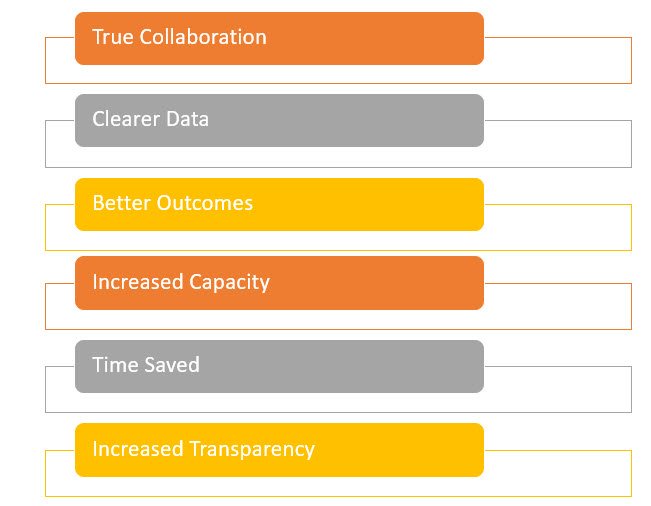Back in the good old days of 2019, in November and December we were in the thick of it – getting settled into the true rhythm of the typical school year. There were plenty of decisions to be made, problems to be solved, plans to implement, programs to assess. These days things are a bit more difficult. Using a shared decision-making process can provide benefits during turbulent times and in the (hopefully less chaotic) years to come.
Unprecedented opportunities
A study shared in an Edweek blog focused on the Large Countywide and Suburban District Consortium. It described the current state of this school year as unprecedented with “frequent external changes, the ramifications of unfinished learning from the end of the last year, structural inequities, likely budget cuts and teacher, principal and central office attrition…” As a result, in the absence of clear-cut guidance from the national level “some districts banded together to create common decision frameworks to bring some coherence to their geographic areas.”
The 6 benefits of a shared framework
Using shared decision frameworks can reap many benefits stemming from the coherence of a common language cultivated both within and between departments, schools, and districts. A shared approach can provide a readily understandable roadmap to keep leaders moving towards goals. The benefits derived from a common framework can be the key to handling complex, emotion laden situations with transparency and confidence.
6 Benefits of Using a Shared Decision-Making Process

- True collaboration: A sound approach allows all people to participate and elevate their thinking. There is no limit to what can be achieved when people value themselves and others for the perspectives, information, creativity, and thinking we each provide.
- Clearer data: Sorting through the data and asking the right questions can help you organize and analyze data to determine what is relevant, what might be missing, and what the data means.
- Better outcomes: With a thoughtful and well considered approach and stakeholder input, you dramatically increase the possibility of good outcomes or results.
- Increased organizational and individual capacity: The capacity to make better decisions with a shared process can have a positive effect on every department and school and every level of a district saving time, money and energy.
- Time saved – Investing time on the frontend can save untold amounts of time and resources on the backend. A shared process helps leaders keep the organization focused on their goals.
- Increased trust, transparency, collaboration and confidence -Having a shared problem-solving process allows others to see the logic, careful thought, and stakeholder input in what was decided – even if they weren’t involved. This transparency builds trust and confidence.
Facing the Challenges ahead
Yes, it is early in the school year and we still have many challenges ahead. Dealing with students/staff moving back and forth from in-person to virtual education, pressure from the community in all directions, concerns about safety, work environments, substitutes, funding, etc. are all part of the everyday decision making of 2020. On a positive note, the above study found that “virtual collaboration has collapsed existing silos, allowing unprecedented opportunities for shared understanding, decision-making and authentic community involvement.” Having a common decision-making framework has proven to be one way to help you face the challenges ahead with a coherent approach resulting in confidence and clarity.